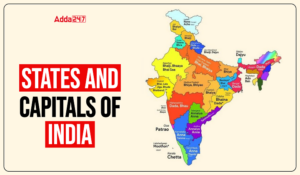The researchers from the National Aeronautics and Space Administration (NASA) made the first multispectral maps of Mars’ surface public. The 5.6 GB, multicoloured map covers 86% of the area of the Red Planet. The American space agency will gradually distribute the whole map over the next six months.
Key Points:
- NASA’s Planetary Data System, an open repository of all digital data that the organisation has gathered from planetary flights and other missions, has made the initial parts of its collection available.
- Each of the 51,000 photos on the initial batch of the map represents a section of land that is 540 km long and 10 km broad.
- The maps’ data was collected by NASA’s Mars Reconnaissance Orbiter (MRO), which has the longest orbit of any satellite in the solar system.
About CRISM:
- The Compact Reconnaissance Imaging Spectrometer for Mars (CRISM) instrument on the MRO has been taking pictures of the planet’s surface in an effort to find minerals.
- The three cryocoolers that were needed to keep the spectrometer on the CRISM cooled essentially outlived its lifecycle, despite the fact that the initial coverage goal for the CRISM was simply to cover 80% of the Martian surface.
- One of the two spectrometers on board CRISM is now on standby as a result of the cryocoolers reaching the end of their lifespan in 2017.
- The maps are the last full wavelength observations that CRISM has recorded before it is deactivated, notwithstanding the possibility that it can continue to record data for a few more runs.
Significance of Maps:
- In particular for the NASA rover Perseverance, the maps were essential for choosing the locations for other missions.
- After CRISM determined that the Jezero Crater had a high possibility of formerly having been flooded, Perseverance landed there to begin studying an ancient river delta.








 States and Capitals - How Many States in...
States and Capitals - How Many States in...
 NALSA Launches Yojana To Strengthen Lega...
NALSA Launches Yojana To Strengthen Lega...
 List of Important Days in July 2025, Nat...
List of Important Days in July 2025, Nat...

